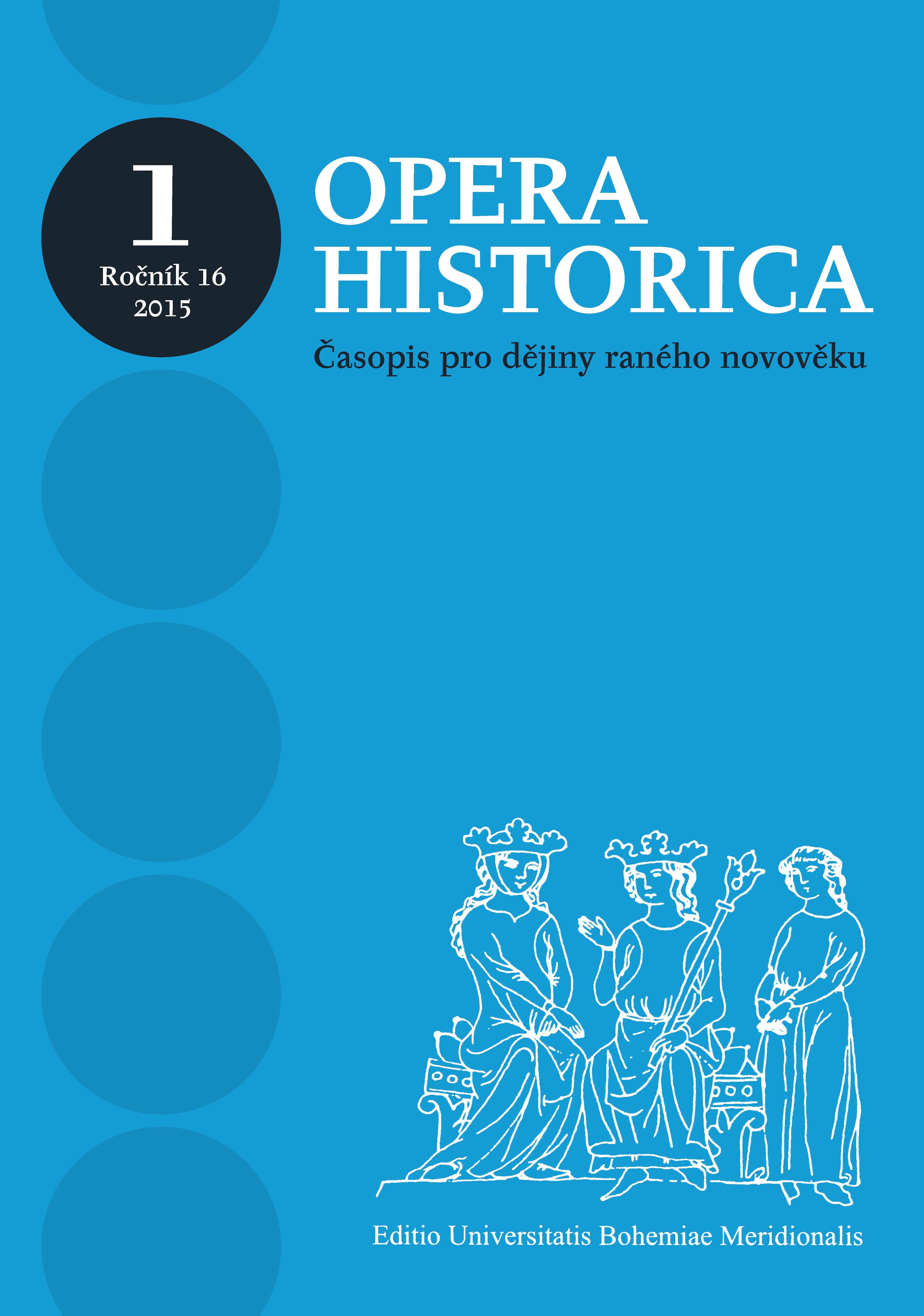
We kindly inform you that, as long as the subject affiliation of our 300.000+ articles is in progress, you might get unsufficient or no results on your third level or second level search. In this case, please broaden your search criteria.

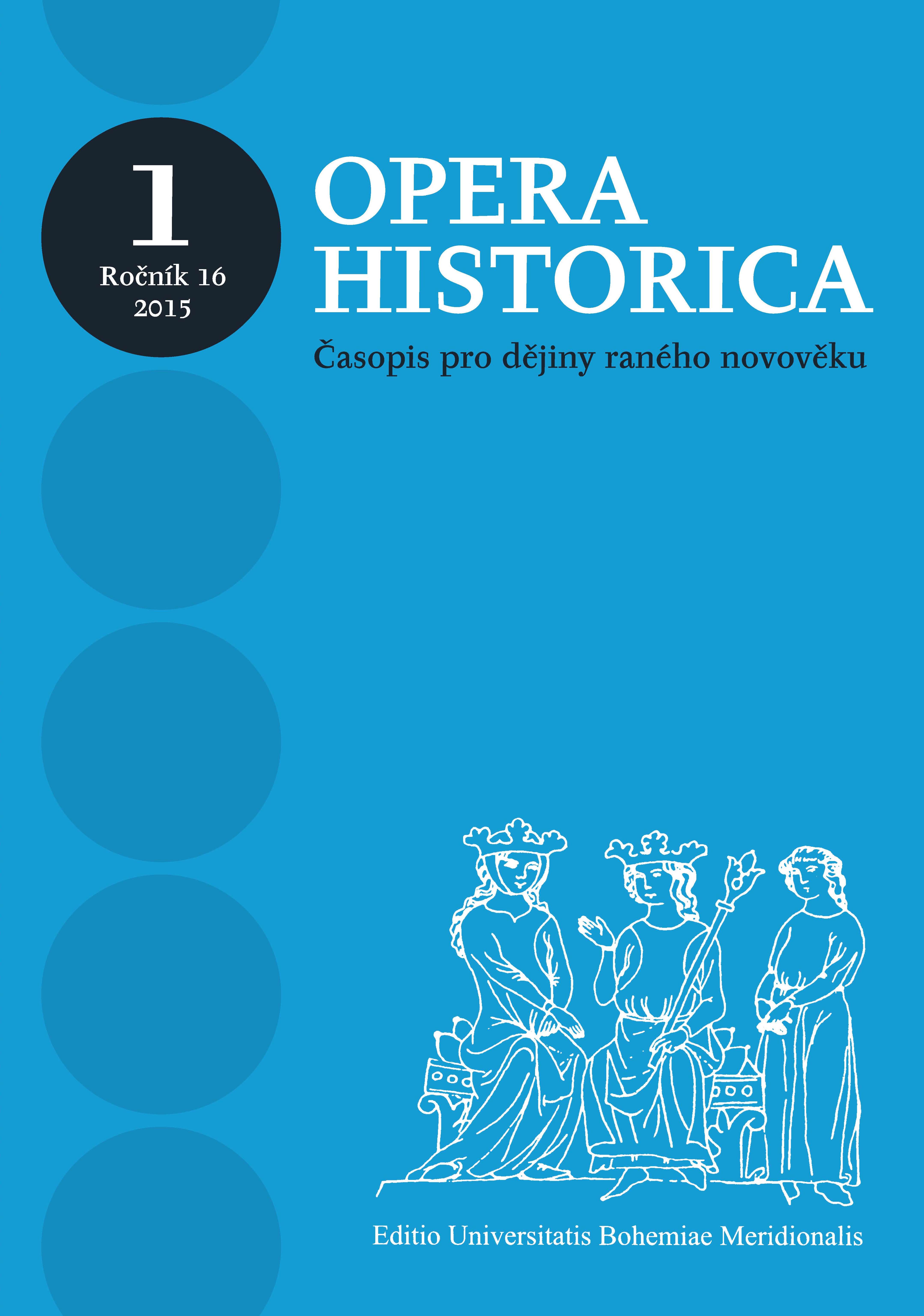
The article supports Dan Edelstein’s claim that the origins of the conception of the French Declaration of the Rights of Man and of the Citizen may be seen in the political and legal philosophy of the physiocrats. Carvalho only regrets that Edelstein discussed some marginal figures of the movement, while ignoring the substantial contribution by its principal representatives. Le Trosne is one of those ignored, even though he was a lawyer and his writings are relevant to the question. Carvalho also regrets that Edelstein did not draw on some recent French works on intellectual history which helped to rehabilitate the physiocrats as political and legal theorists. The works of Anthony Mergey and Éric Gojosso are indispensable for this topic. Carvalho explores the role of the rights to freedom, property and security in physiocratic thought but also recalls the correlative duties. He approves of the thesis that physiocratic thought had an influence on the Declaration. Finally, Carvalho extends the geographical scope of the enquiry by a note on physiocratic achievements in the field of human rights with the examples of Poland and Sweden.
More...
The article examines the thesis that abolitionism in France was encouraged by Roman law and free-market ideology. Grenouilleau stresses that abolitionism was much more than we usually think. It was not only an effort to reform or renounce the participation of one’s country in the slave trade, but an effort to eradicate the slave trade and slavery everywhere. In an effort to identify its history, he distinguishes between its possible sources (i.e. retrospective deduction) and its real developments (i.e. real-time reconstruction). The essential factor was the convergence of a conservative „theological“ movement with a secular „liberal“ one, in which free-market arguments might have been deployed merely as a tactical device. While Grenouilleau agrees that sentimentalism may not be seen as the source of abolitionism, he argues that it was essential to the dissemination of its message. In the long-term perspective, the 18th century appears to be a turning- point closing the long period of casuistry and starting the era of abolitionism. It included even countries such as Brazil which abolished slavery only in 1888. The reasons for this turning-point seem to be mainly moral ones.
More...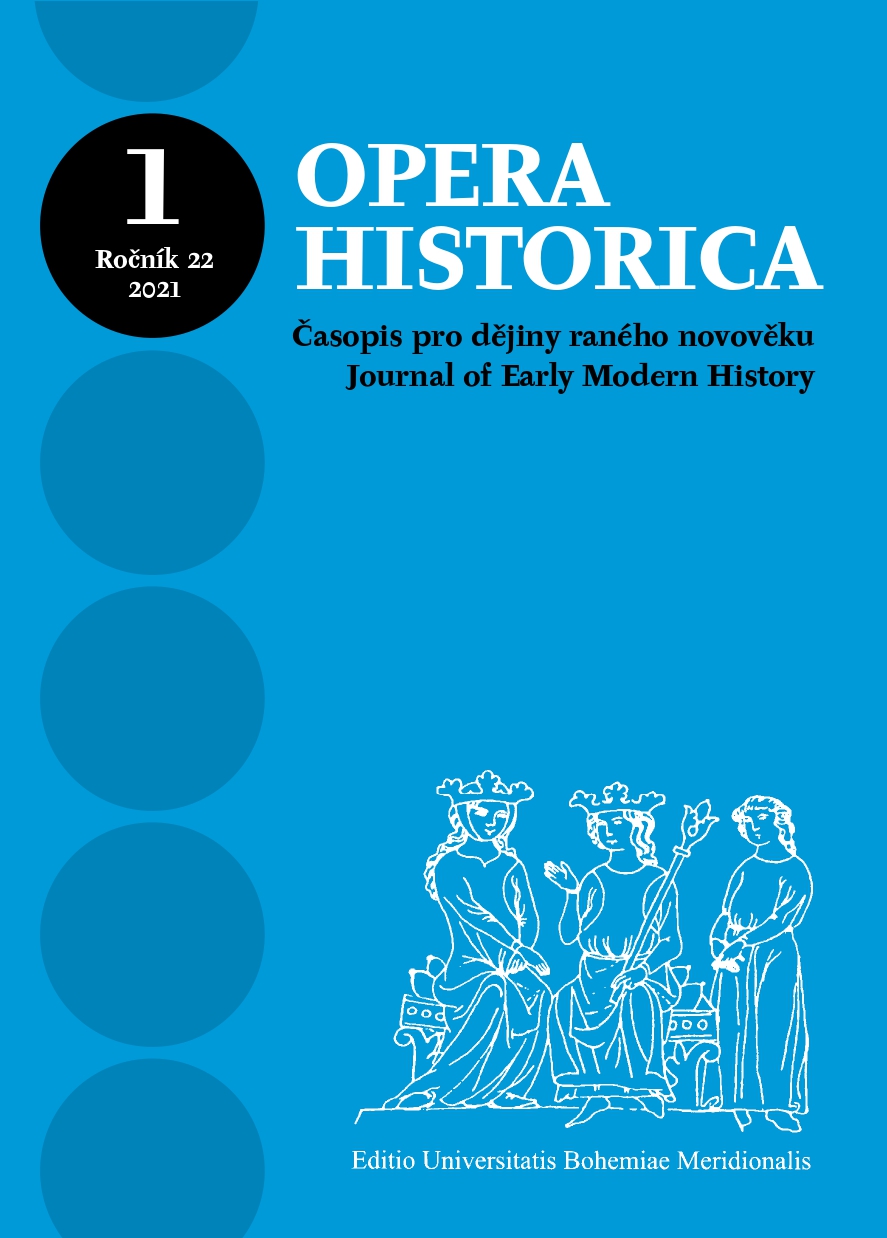
Communist theoretician Herbert Aptheker (1915-2003) was the rare American writer whose history books were approved for mass consumption in the Communist bloc. A Columbia University Ph.D., he wrote or edited more than fifty books and lectured widely, but never held a professorship, due solely to his Communist politics. This paper explores the convergence of his academic interests and revolutionary commitment and argues that it justified the decades-long exclusion of Aptheker from the profession. His idiosyncratic view of truth as a function of „partisanship with the oppressed“ ironically condemns defenders of Stalinist regimes such as he was. Its methodological implications should inform the evaluation of his historical writings, no matter how much some of them may have inspired generations of African Americans.
More...
This paper contains following book reviews: 1. Černý, Václav – Pelán, Jiří, Italská renesanční literatura: antologie 2. Roe, Jeremy – Andrews, Jean (edd.), Representing Women´s Political Identity in the Early Modern Iberian World 3. Cruz De Carlos Varona, María, Nacer en palacio. El ritual del nacimiento en la corte de los Austrias 4. Vařeka, Marek, Lichtenštejnská panství na Moravě do Bílé hory 5. Jordánková, Hana – Sulitková, Ludmila, Předbělohorské Brno. Hospodářský potenciál města a sociální situace jeho obyvatel 6. Černušák, Tomáš – Marek, Pavel, Gesandte und Klienten. Päpstliche und spanische Diplomaten im Umfeld von Kaiser Rudolf II. 7. Deinet, Klaus, Christian I. von Anhalt-Bernburg (1568–1630). Eine Biographie des Scheiterns 8. Čornejová, Ivana – Havlík, Jiří M. – Hrdlička, Josef a kol., . 184 9. Telč a jezuité. Řád a jeho mecenáši; Bobková-Valentová, Kateřina – Hnilicová, Petra (edd.), Telč a jezuité. Řád a jeho mecenáši. Katalog výstavy; Bobková-Valentová, Kateřina – Hlaváčková, Jarmila – Kuchařová, Hedvika (edd.), Knihovna jezuitské koleje v Telči. Katalog výstavy 10. Brčák, Marek – Wolf, Jiří (edd.), Pax et Bonum. Kapucíni v Čechách a na Moravě v raném novověku 11. Jakubec, Ondřej – Suchánek, Pavel (edd.), Mariánský sloup na Staroměstském náměstí v Praze. Počátky rekatolizace v Čechách v 17. století 12. Jakubec, Ondřej (ed.), Karel z Lichtensteinu-Castelcorna (1624–1695). Olomoucký biskup a kníže střední Evropy; Švácha, Rostislav – Potůčková, Martina – Kroupa, Jiří (edd.), Karel z Lichtensteinu-Castelcorna (1624–1695). Místa biskupovy paměti 13. Pumpr, Pavel, Kariéry a sociálně-majetkové poměry kněží olomoucké diecéze v letech 1741–1783 14. Nekvapil, Ladislav, Čelední služba v Čechách v raném novověku: právní, sociální a ekonomické aspekty
More...
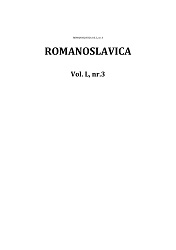
L’intérêt augmenté vers l`étude du comique est dû à sa nature interdisciplinaire et au fait qu`il est un phénomène spécifique a la communication humaine. Si à la fin du XVIII-ème siècle et dans la première moitié du XIX-ème le comique este une présence marginale, secondaire et accidentelle, depuis la deuxième moitié du siècle, cette catégorie estéthique devient une constance dans la prose serbe. Déterminant dans l`évolution de ce phénomène est, d`une part la maturité de la littérature serbe, l`apparition du roman social de Jakov Ignjatović, l`appartion de la nouvelle d`inspiration populaire, et, plus tard l`influence de la littérature russe grȃce aux traductions des récits de Gogol. Pour l`analyse du phénomène comique dans le roman nous avons opté pour un roman du réalisme serbe: Pop Ćira i pop Spira, en présentant les stratégies discursives employées par l`auteur pour obtenir des effets comiques. Ainsi, on a constaté que l`élément principal de la structure de l`intrigue du comique dans la prose serbe est l`exagération sous la forme de la caricature, de l`hyperbole et du grotesque. La typologie du comique dans le roman du XIX-ème siècle est caractérisé par l`interférence symbiotique entre le rire humoristique, satirique et parodique.
More...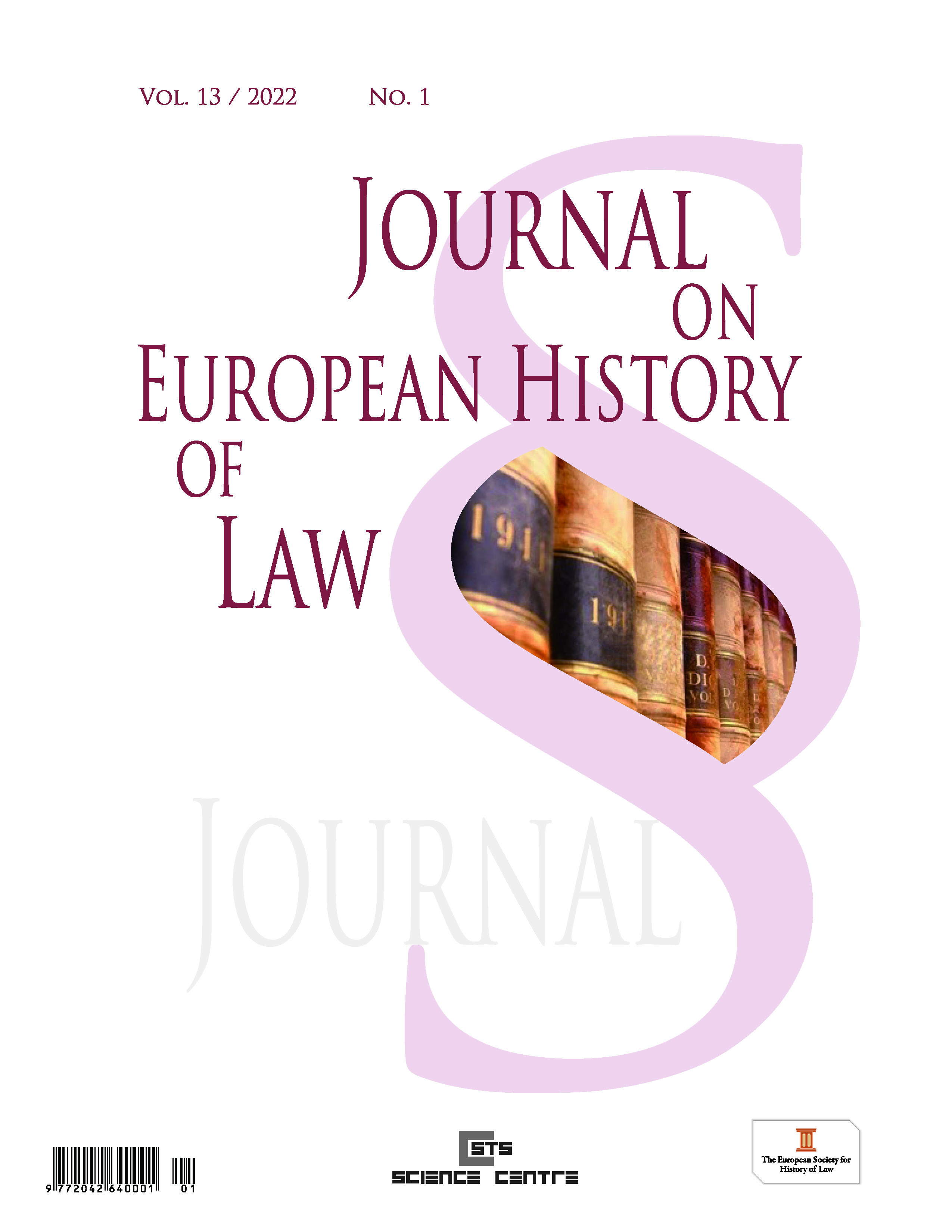
Review of: Paul Bushkovitch, Succession to the Throne in Early Modern Russia. The Transfer of Power 1450–1725 Cambridge, New York: Cambridge University Press, 2021, XV, 397 p
More...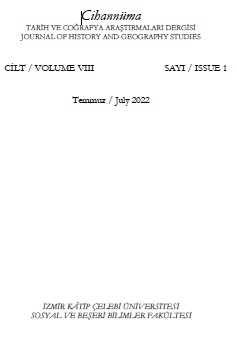
The privileged status of the Janissaries and the economic/military conditions prevalent in the Ottoman Empire prompted thousands of Muslims to claim a position in the Janissary Corps, often through illegal means. In this article we investigate an important aspect of this process, which we call “pseudo-Janissarism”, and the way it spread on the Ottoman periphery, and discuss the case of Adana, which offers us the opportunity to analyze the social and economic composition of pseudo-Janissaries in the above-mentioned region. We first present a general assessment of the phenomenon in the period from 1600 to 1735, addressing the issue of its rise and early geographical expansion in the empire, its perception by the Ottoman administration, and the reasons behind its development. We claim that the rising numbers of both officially registered Janissaries and pretenders could change the internal dynamics in provincial towns, shape their local politics, and create various struggles over their economic resources. Considering pseudo-Janissarism as a mechanism of tax evasion and provincial networking, we subsequently elaborate on the case study of Adana’s pseudo-Janissaries, who became an important local political pressure group in the course of the eighteenth century, and discuss their socioeconomic profile, with the help of various archival sources.
More...
The Ottoman sultans, who bore the title “Servant of the Two Holy Sanctuaries”, assumed many responsibilities related to Mecca and Medina and their pilgrimage affairs, including the security of pilgrims, pilgrimage routes, and of the Holy Cities themselves. During the Ottoman period, these security services were mainly provided both by soldiers located in Mecca and Medina, and by troops who were sent from the provinces of Damascus and Egypt. This study evaluates the role of the Ciddavi (Ar. Jiddawi) soldiers recruited from the seven corps of Egypt to escort the pilgrimage caravans under the command of the serdar-ı kitar (commander of the military force escorting pilgrims) of Egypt, returning to Cairo at the end of the pilgrimage season. In this context, the military structure and remit of the Ciddavi Unit will be examined by focusing on the imperial edicts in the mühimme-i Mısır registers. This study reveals that the Janissaries were the most powerful and influential military corps within the Ciddavi Unit and they used this power to benefit their commercial interests. The soldiers who went to Mecca and Jeddah from Cairo for pilgrimage services created commercial opportunities for the Janissary Corps, which had a great interest in the Red Sea trade. Janissary commanders and soldiers of the Ciddavi Unit, together with the Egyptian merchants and artisans under their protection, became inconspicuous, yet important, parts of the international trade conducted between the Red Sea and the Mediterranean.
More...
The Vidin region has attracted much scholarly attention, particularly due to the bloody uprisings in the area around the middle of the nineteenth century. For a long period, Balkan historians have understood this mid-nineteenth century crisis as an inevitable consequence of a Bulgarian national awakening. Although the recent scholarship challenges the nationalist narrative, it continues to ignore the complexities of the socio-legal structures in the Vidinese hinterland, which had developed in the course of the eighteenth century, and reduces all conflict lines to the duality of interests between peasants and proprietors. Going beyond the dualistic narratives of exploitation, this study aims to historicize the land question in the Balkans by presenting the Janissaries both as actors of the Ottoman military establishment in the Vidin region and as rural investors who enjoyed benefits from and shaped the workings of the area’s land regime thanks to their own networks and the state’s policies. By doing so, it contextualizes the ruptures and continuities in landholding patterns, and also highlights the rural entrepreneurship of the Janissaries, who in Ottoman/Middle Eastern scholarship have generally been portrayed as active historical agents of city-based riots and urban-centered commercial activities.
More...
This article deals with the primary sources in the Ukrainian archives which pertain to the establishment and function of the networks of the Janissaries of the Crimean Khanate with their neighbors in the northern Black Sea frontier region. It demonstrates the extent to which it is possible to use this archival material in order to study the history of relations between the Janissaries of the Black Sea port-cities and the main powers of the steppeland, namely the Zaporozhian Cossacks and the Ukrainians of the Left Bank Hetmanate. The paper raises questions about the ways in which these groups were interacting with each other and at what levels, also focusing on how these established networks of the great steppe region were affected and transformed by the Ottoman-Russian struggle and the gradual expansion of the Russians to the south.
More...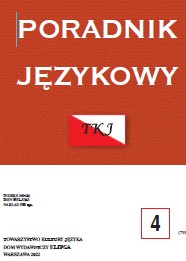
The bilingual Latin–Polish editions of the grammar book by Aelius Donatus, published in the 16th–18th c., are among the earliest studies comprising Polish grammatical terms. The terminology found in these editions forms an organised, hierarchical structure, which was transferred from the Latin original to the Polish translation. There are particular coincidences between Latin–Polish editions of Donatus and the dictionary of 1542 by Bartholomew of Bydgoszcz, which ascertains the thesis on a major influence of these editions on the dictionary and might serve as an argument for the existence of an earlier version of Donatus, one dating back to ca. 1530.
More...
The article compares Estonian translations of the New Testament from the 1630s to the 1730s, covering the period from the first extant publications of pericopes until the first full Bible. All existing 28 versions of the gospel of Luke were studied: 21 texts in the North Estonian (or Tallinn) standard language, and seven texts in the South Estonian (or Tartu) standard language. The 62 verses from this gospel which occurred in all 28 translations were compared in five aspects: phonetic, inflectional, morphosyntactic, lexical and orthographical. Tables registering these differences formed input for computer analysis measuring the proximity of translation pairs.The analysis revealed that the first translations in the Tartu language differed greatly from one another in all aspects except orthography, whereas the translations in the Tallinn language can mostly be seen as a series of revisions of the same text. The standard languages were reformed significantly by the Wastne Testament (1686) in South Estonian and Johann Hornung’s translation in North Estonian (written in 1687–88, and preserved as a copy from 1694 called the München manuscript). In contrast to the South Estonian standard language, the language reform was not universally accepted at first in the North Estonian standard language.
More...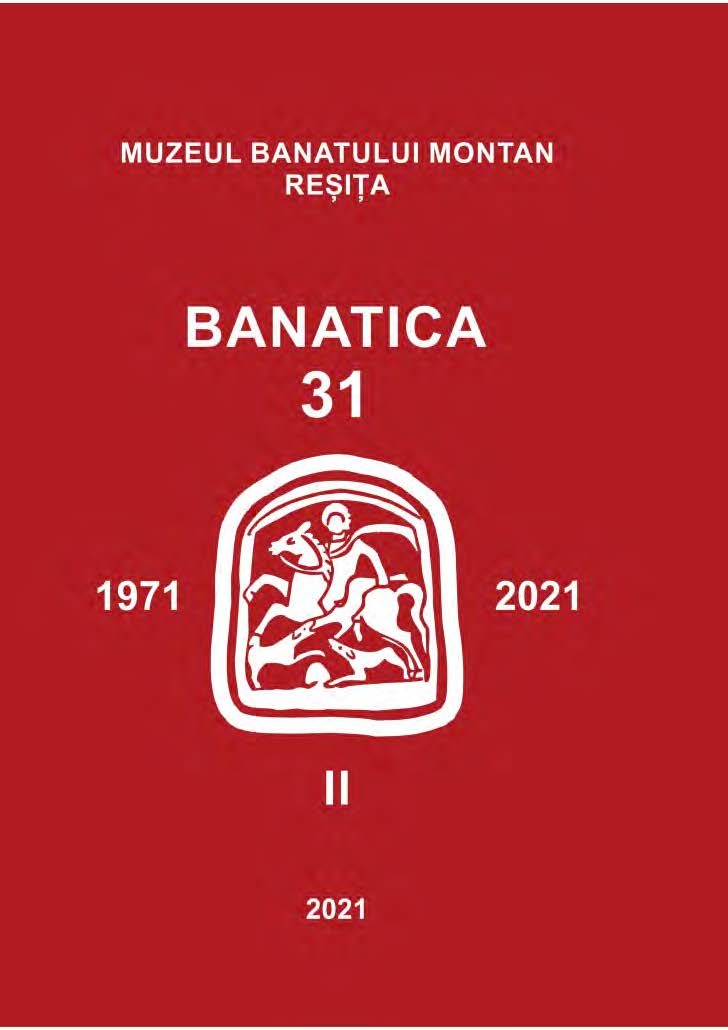
The collections of libraries and museums from Romania keep priceless heritage assets. Old books form a distinct category of museal pieces. Such a collection is found at the Metropolitan Library of Bucharest, built in the mid of XXth century and, subsequently, completed by purchase. Within the mentioned holdings are also preserved some copies of old Romanian books whose authors chronologically subsume under the cultural movement generically named the Transylvanian School. We refer to a series of books of distinctly religious, linguistic and historical nature. The study focuses on works – some original, others translations or compilations – of some renowned personalities of the Romanian culture during the Enlightenment, from the end of the XVIIIth century and beginning of the XIXth century.
More...
After the peace of Pasarowitz, Banat became the domain of the crown, one of the provinces in which the administration of the Habsburg Empire managed to have great results. Its characteristics formed from that moment until today, give these region uniqueness: a cultural, sportive and musical movement, the degree of industrialization and education, make Banat a “different” province.
More...
The study analises from a comparative perspective the creation of one of the leading representatives of Baroque painting of central – Europe, a Viennese Academy descendant Franz Xaver Wagenschön, in whose creation analogies of Peter Paul Rubens, Michelangelo Merisi da Carravagio, Michelangelo Unterberger, Franz Anton Maulbertsch and Paul Troger can be identified. Pictor Vienensis, Austriae Discipulis, P.P. Rubenius is the identity consecrated by the painter himself when signing his works. This identity is investigated through a series of votive altar paintings commisioned by the Catholic mendicant orders (mostly by the Franciscans) for the churches they erected in urban and rural centres of eighteenth century Banat. As one may observe from the interpretation, Rubens had the greatest influence on Wagenschön, from style to manner and media used, to iconography of apotropaic saints depicted with Baroque scenery and neoclassical vocabulary. This mixture of influences can be attributed to the situation found in the Banat province after the middle of the 1700s, when echoes of the Enlightnement movement penetrated all fields and became a true state policy and when Wagenschön’s creation reached its climax. He decorated altars for the Jesuit church of St. George in Timișoara (St. Ignatius of Loyolla and Alois), votive painting of the main altar of Theresiopol Roman-Catholic church (Vinga, Arad county), main altar votive painting of the Oravița (Caraș county) and side altar painting of the Franciscan monastery of Maria Radna in Lipova. Compositional and chromatic influences, full assimilation of the baroque naturalism from his masters are to be found throughout his entire carieer, in a period when the Catholic church regaines its prestige and becomes the most important recipient of religious works of art.
More...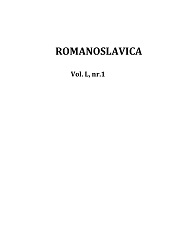
Review of: В.Г., Бочковська, Л.В., Хауха, В.А., Адамович. Каталог видань Почаївського та Унівського монастирів XVIII‐XX ст. з колекції Музею книги і друкарства України. Київ: Видавничий дім “Кіево – Могилянська Академія”, 2008, 359 стр. (Olimpia Mitric)
More...
In diesem Beitrag wird die Rolle von Tieren in zwei intertextuell aufeinander bezogenen Erzählwerken untersucht, in denen jene den Menschen im Sinne einer satirischen Spiegelung gegenübergestellt sind. Die Parallele zur Gesellschaft (in beiden Fällen eine provinzielle Kleinstadt) bildet jeweils ein Tierkollektiv: (quakende) Frösche und (schnatternde) Gänse, auf deren Tradition in Literatur- und Kulturgeschichte zunächst kurz eingegangen wird. Sowohl in Christoph Martin Wielands "Geschichte der Abderiten" (1774-1780/1781) als auch in Wilhelm Raabes "Die Gänse von Bützow" (1866/1869) liegt der Schwerpunkt der Handlung auf dem Verhalten einer wetterwendischen und potentiell revolutionären Volksmasse, die zu den Tieren auf mehrfache Weise in Beziehung gesetzt wird.
More...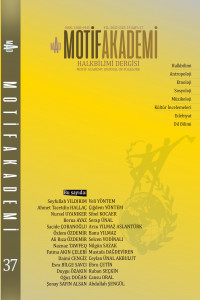
The piano is an instrument invented in the 18th century and is used all over the world. The educational repertoire is also extremely widespread. Various schools have emerged in different countries about playing the piano. The arrival of the piano played today in Turkish lands was in the 19th century in the Ottoman Empire. Starting from the sultans in the palace, the princes and sultans took lessons from the trainers brought from Europe. Afterwards, educated families of the country started to have their children take piano lessons. Especially in Istanbul, the number of piano instructors increased considerably at the end of the century. In course of time, educators trained in schools have gathered their initial repertoire works under a single source in collected books The number of these collected piano work-books, the first of which was published in 1996, has increased as much as today. Until 2020, 10 collected piano work-books have been published. One collected piano work-book has been published since 2020. This is the second book as a continuation of the first book written by Ayça Aytuğ. It has been observed that all of my reviewed review books were written methodologically. It is possible to use it as a reference for all amateur or students who want to learn the piano.
More...